article
Translator: Scilla (@scilla_tftft) / X
Title: Video translation of Chitose Ikuo’s explanation of how to correctly leave pieces in the early game and how to recognize the situation in which you should reroll in 2-1 (14.7)
URL: Translation of video by Chitose Ikuo explaining the correct way to leave pieces in the early game and how to recognize the situation in which you should reroll in 2-1 (14.7)
summary
This article is an abridged version of the TFT commentary video “How to Decide to Reroll and Leave Pieces in a 2-1” by Chitose Wikyuan.
In the 14.7 environment, the video explains in detail how to determine when to reroll in 2-1 and when not to reroll, and how to leave pieces to maximize your options in the early stages of the game, using actual examples of professional players.
Contents
Learning from professional players’ early game decisions “how to leave pieces”.
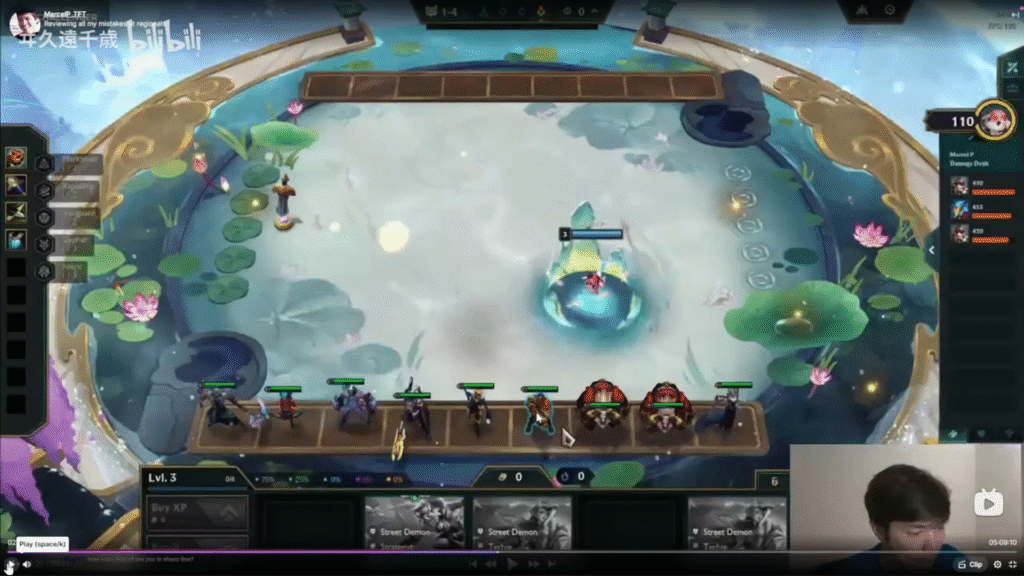
The video features the actual bench composition and decisions made by NA professional player Marcel_P at 2-1 and explains the intent of his choices.
- Alistair’s pair → Graves configuration in mind
- Zin + Jax → Exotech remains a possibility
- Rahst + Kindred + Vai → formation for Vanguard and Rapid Fire configurations
On the other hand, Morgana has a lower priority because it does not lead to composition, and the key is to keep units that lead to composition, not simply because they are 2-cost or high-cost.
Analysis of Augment Selection
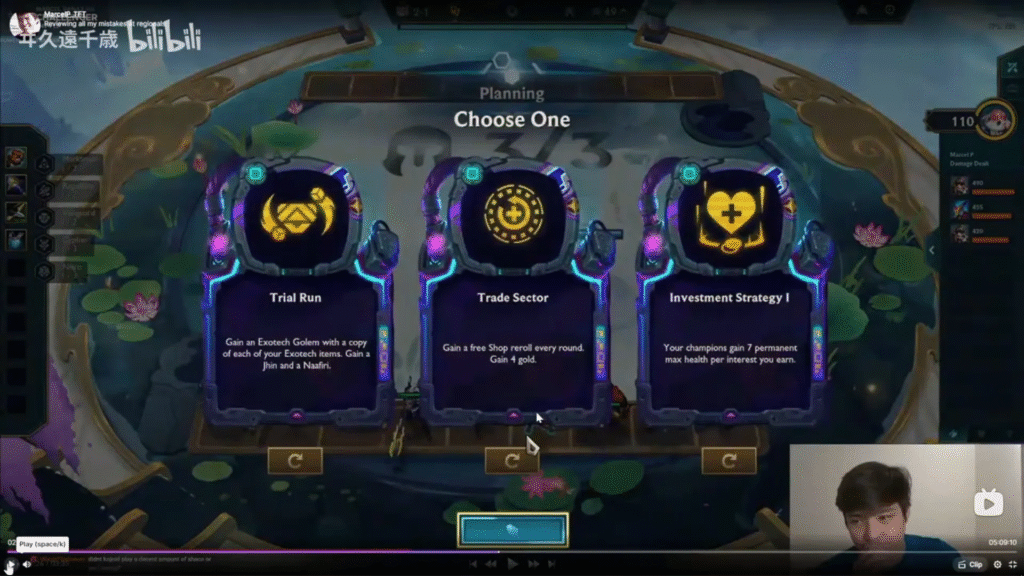
For the first augment selection, the following three choices were presented:
- test run
- Trade Sector
- investment strategy
In conclusion, it is reasonable to choose the second trade sector in the video.
The reasons are as follows:
- The investment strategy should lead to Mundo/Alistar, but it is far from ideal conditions as it is through two Zaira.
- Cog-Mau has low carry aptitude and lacks power in this patch.
- Trade sectors give you the flexibility to choose the direction of the configuration while reinforcing the board.
What is “organizing the right pieces?”
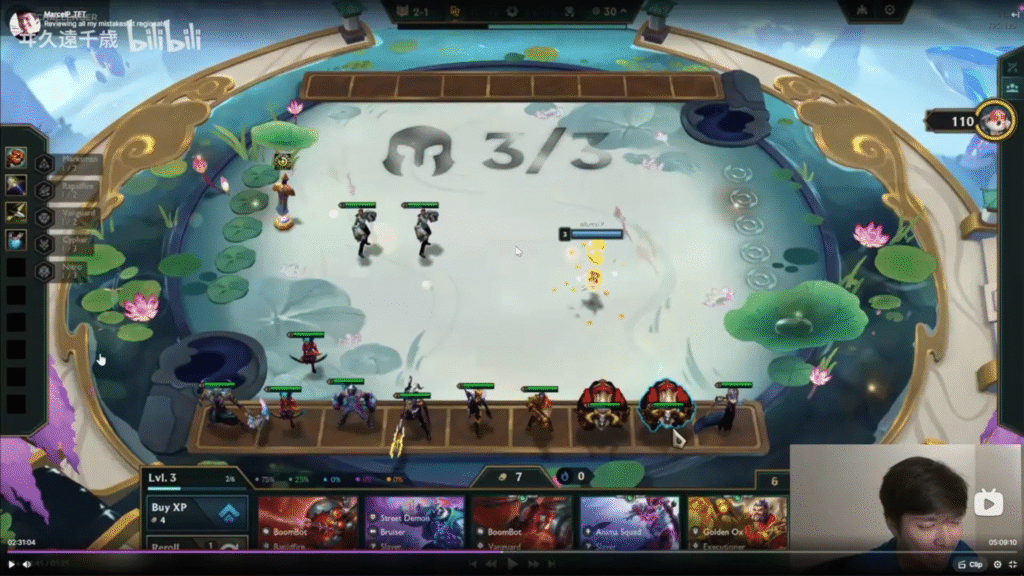
The components in the store at this time included a pair of Graves, a Skanner, and a Cog-Mau.
In the video, it is clearly stated that “we should sell Morgana, Silas and Jax and secure Graves Scarner Cog-Mau.
It also introduces the following branches of decision making:
- Sold Zin + Jax → Exotech line discarded and moved to Vanguard axis
- Selling Jin Jax Morgana and remaining Cyrus is an option.
Even more important is the treatment of Dr. Mundo.
The best choice is to keep Mundo because of his reputation for Bruiser synergy with Alistair, which thickens the vanguard and makes it easier for Graves to make money.
Examples of bad moves and possibility of composition completion

This professional player consequently made the choice to keep “Exotech and Dynamo possibilities,” which is explained as a risky choice because the configuration is far from complete.
- Jacks need to overlap.
- It cannot be configured unless Mordekaiser is drawn (cannot appear at Lv 3).
→ Pointed out that priority should be given to routes that are realistically possible to complete, rather than forcing a configuration route that depends on probability.
Determine the pecking order of the composition and the point of aim
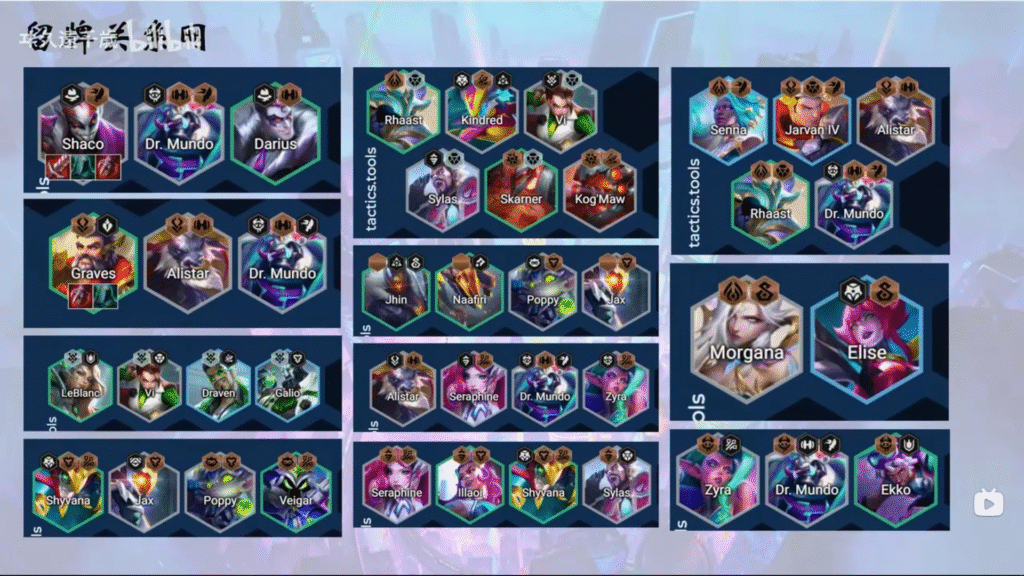
Here, he goes a little further and mentions the pecking order of the composition as of patch 14.7.
Because the power and ease of use of configurations fluctuates with each patch of TFT, it is important to have your own criteria for “which configurations can I target early in the game?” It is important to have your own criteria for “ which configurations can I target early on ?
In this video, the following are some of the configurations that lack strength in the early stages of the project:
- exotech
- street demon
- Veiger Configuration
These configurations are not suitable for stable early-stage development because the configuration is far from complete and it is difficult to maintain the early board.
On the other hand, other configurations – such as the Graves configuration, Rapid Fire configuration, anima unit, Vanguard, and Cog-Maw axis – are more likely to be viable even if targeted somewhat aggressively from the early stages.
In addition, there are ” configurations that are effective only when specific conditions are met, ” such as nitro configurations, so the selection must take into account versatility, item suitability, and appearance rate.
Thus, we felt that correctly classifying “configurations that are stable from the beginning” and “configurations with high endgame power but weak in the beginning” is a very useful perspective in organizing units and determining direction in 2-1.
2-1 Criteria for reroll
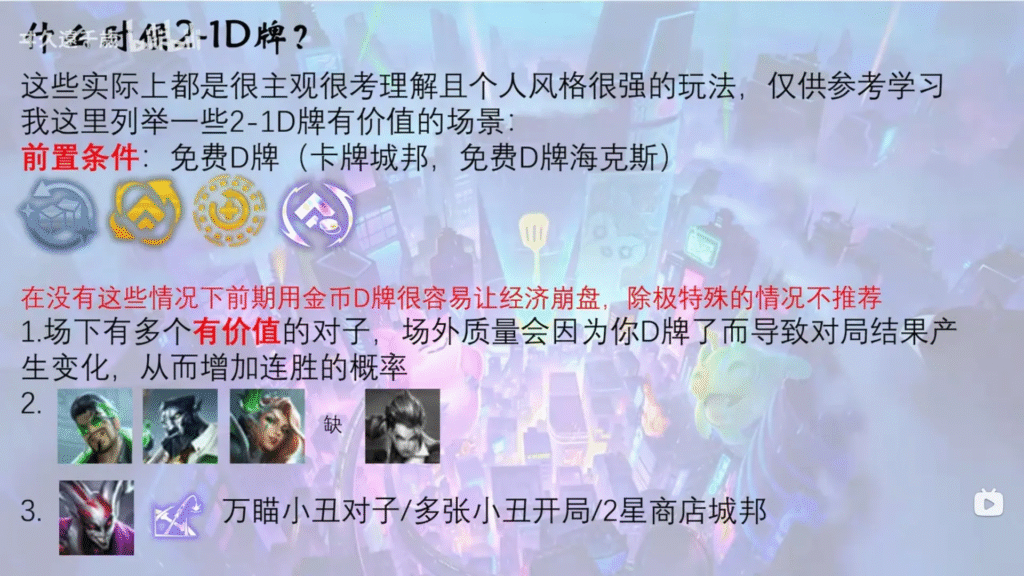
In the second half of the video, “Should I Reroll at 2-1?” The specific conditions of the “2-1” are explained.
Conditions to reroll:
- Must have free reroll-type augments (e.g. Rolling Days, Trade Sector, etc.)
→ Without this, rerolls are basically deprecated. - There are several strong pairs on the bench (e.g., Cog-Maw, Vai, Mundo, Alistair)
→ At Lv3, the 1-cost appearance rate is 75%, so the probability of making 2 stars is high and the composition is easily settled early. - When one more unit triggers important synergies (e.g., one Vai completes 2 Bruiser, etc.)
- Special cases involving Shaco.
→ If the conditions are right, such as 2 shako + scope, it is worth rerolling for the purpose of stacking AD early in the game.
impression
I strongly felt that not only the perfection of the configuration, but also ” how much flexibility you have in the beginning to go in any direction ” separates the top players from the rest.
It is important to have the judgment to organize your units, always being aware of which configuration you can connect to, rather than being too fixated on interest and losing options.

When was the last time you turned in a 2-1…


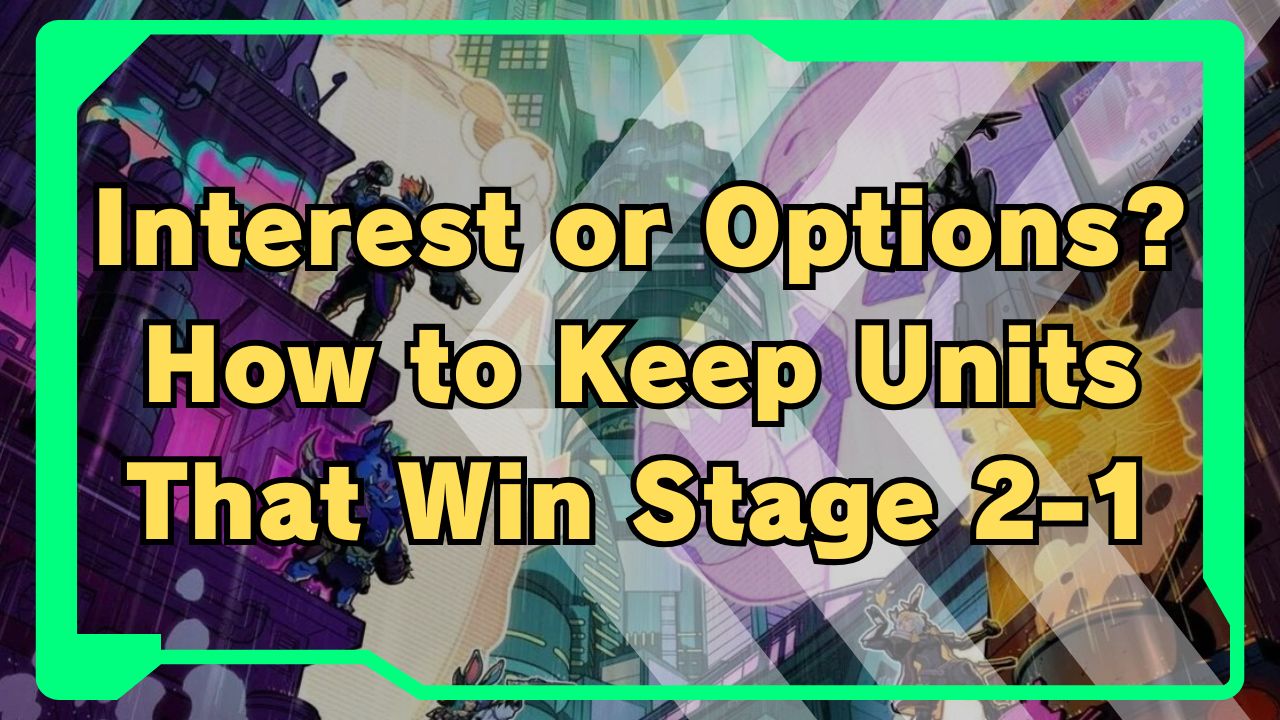


コメント